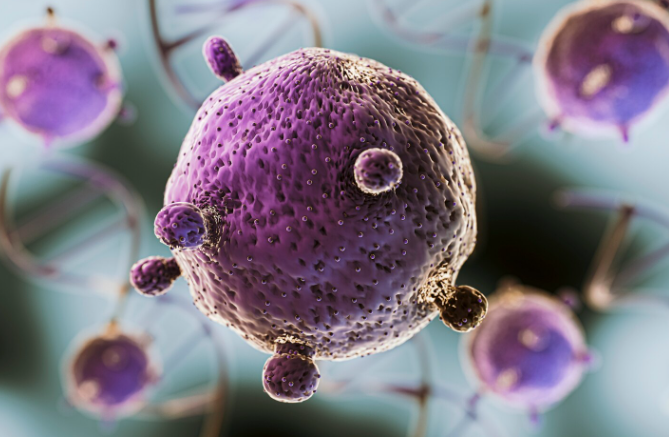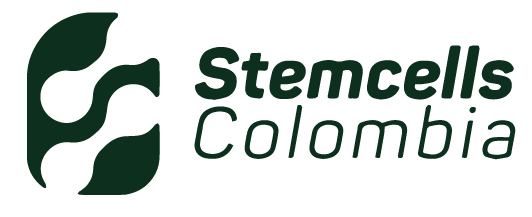For many patients, the idea of stem cell therapy brings both hope and uncertainty. The promise of regeneration and healing is exciting, but questions about safety often come first: Is it safe? What risks are involved? How do I know if I am in the right hands? Understanding how safety is ensured in stem cell treatments is essential for anyone considering this innovative therapy.
Why safety matters in regenerative medicine
Stem cell therapy involves introducing living cells into the body to stimulate repair and regeneration. Because it is a relatively new field, not all providers follow the same standards. Some clinics around the world operate without proper regulations, leading to confusion and even mistrust. That’s why choosing a qualified medical center is crucial.
Key safety practices
At reputable centers, safety is ensured through strict protocols that include:
- Patient evaluation: before recommending stem cell therapy, doctors perform a thorough medical assessment to confirm that the patient is a good candidate.
- Cell sourcing: stem cells are obtained from the patient’s own body (autologous) or from carefully screened donors, ensuring high compatibility and reducing risks.
- Processing standards: cells are handled in sterile environments and under medical-grade conditions to avoid contamination.
- Application methods: cells are administered by trained professionals, using techniques tailored to the patient’s condition.
- Follow-up care: monitoring after treatment helps ensure long-term safety and effectiveness.
Common misconceptions about risks
Many patients worry about stem cell therapy causing rejection or tumors. In reality, when performed with autologous stem cells or properly screened donor cells, the risk of rejection is minimal. Similarly, reputable protocols avoid unsafe practices that could lead to complications. Most side effects are mild and temporary, such as soreness at the collection site or fatigue after treatment.
Questions every patient should ask
Before undergoing stem cell therapy, patients should feel confident asking their provider:
- What type of stem cells will be used?
- How are the cells sourced and processed?
- What experience does the medical team have with this therapy?
- What follow-up care will I receive?
Clear, transparent answers are a sign of a trustworthy center.
How safety adds to effectiveness
Safe practices don’t just protect patients—they also improve results. Properly sourced and applied stem cells are more likely to survive, integrate, and support healing. On the other hand, shortcuts in safety often mean less effective outcomes.
In our previous article on lung and respiratory health, we highlighted how stem cells help repair delicate tissues. Those same benefits depend entirely on the cells being applied under safe, controlled conditions.
Peace of mind for patients
Ultimately, safety is about more than avoiding risks—it’s about building confidence. Knowing that a treatment is carried out under medical supervision, with strict protocols, allows patients to focus on recovery and results instead of fear.
At Dr. Diego Hernández’s medical center, patient safety is at the heart of everything we do. From careful evaluations to strict protocols for cell collection, processing, and application, we ensure that every stem cell treatment is performed with the highest medical standards. To learn more or to schedule your consultation, contact us at +57 311 797 0832 or write to info@drdiegohernandez.com.co. Discover regenerative medicine in a safe, professional environment where your health and peace of mind come first.




